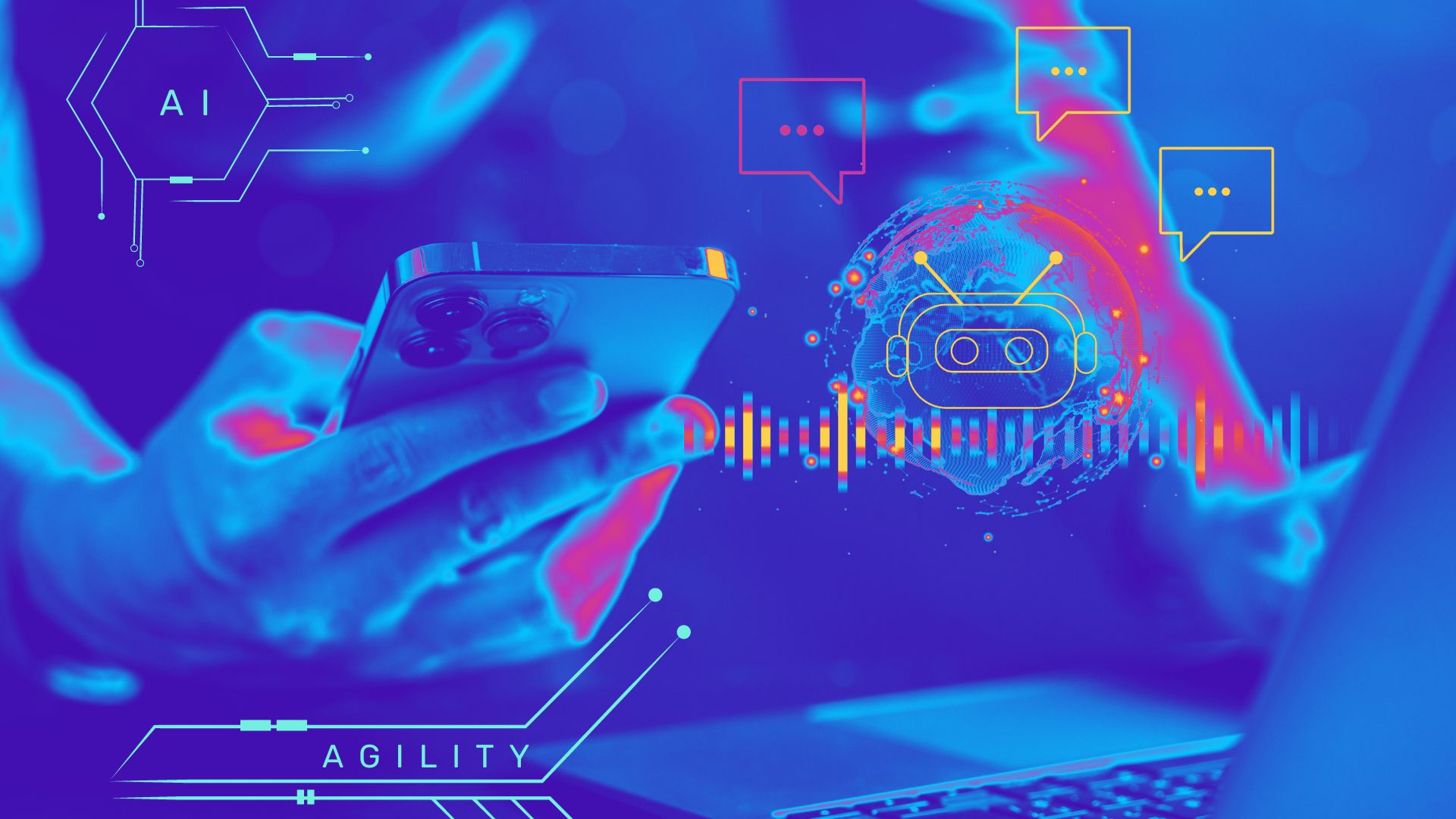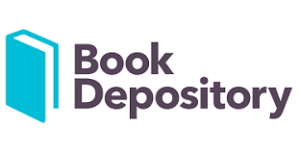This fascinating linkedin article from Nicky Verd shows the increases in productivity as a result of the use of AI.
Clearly this kind of productivity leap driven by AI is something that businesses leaders will be rushing to embrace. Which CEO would not want to see a 40% leap in productivity? With this rapid change comes significant challenges particularly for HR teams and company leadership and the potential to rush into technology adoption.
workflows? What changes can employees expect in their work methods? How might AI’s increased capabilities impact job roles within the company? These are weighty questions, and organizations must thoughtfully assess the potential side effects and consequences that may arise from the integration of these tools.
An agile approach to the roll-out of technologies
As with any innovation it is important that companies are intentional about the introduction of these tools and ensure that this huge change in the way we are working is treated like a change project. It’s critical that HR teams stay on top and ahead of this wave of change and understand the implications that this new tooling will have on teams. An agile approach will be required with a focus on experimentation and iterative changes to ways of working rather than a big bang approach. This change will require that employees come along on the journey. They will need to collaborate closely in the development of new ways of working and understand that their voice is heard and understood as these tools are rolled out. Management and leadership will need to be very clear on what they are trying to achieve and why, to allay employee fears. HR has a huge role in this change
HR need to lead the charge in these areas and need to focus on three key areas:
Change Management and Communication:
HR plays a pivotal role in AI integration by leading the development of a comprehensive change management plan, addressing the impact of AI on various organizational aspects. Additionally, HR ensures transparent communication, explaining AI integration goals, addressing concerns, and highlighting benefits, while also actively identifying and managing resistance to change. It is important that HR ensure that new technologies and processes are piloted and tested and an understanding of technology impacts are worked through with teams rather than initiatives being launched in an overwhelming and potentially unsettling way for employees.
AI Skills Development and Training
HR needs will partner with business leaders to baseline AI skills and then to co-create design and implement training programs for AI skills development, catering to the diverse needs of the workforce. The article describes two distinct types of behaviour as described below
- Centaur Behaviour: A clear division of labour between AI and humans, strategically switching based on each entity’s strengths.
- Cyborg Behaviour: An intricate integration where humans and AI work in tandem, intertwining their efforts on a granular level.
Collaborating closely with leadership, teams, and individuals, HR will play a pivotal role in reshaping ways of working. Together organisations need to carefully consider which of the behaviours described are best suited for various roles and responsibilities and establish clear metrics to gauge the success of these transformative initiatives.
Adapting Business Processes for AI Integration:
HR’s collaboration with business leaders can help align talent acquisition, performance evaluation, and ethical guidelines with the organization’s AI objectives, contributing to the business’s overall success in AI integration. Once again, an intentional, agile approach will be needed here. It is important that planning and thought is put into the roll out of modern technologies and adaption to processes and that in fact the adoption of these technologies helps the business achieve its strategic goals. The new and shiny technology may be interesting and fun but may be an expensive distraction to employees when delivery on existing goals is more important. Careful trials and pilots will allow people to become familiar with tools and ensure that the AI fits in with processes that drive business productivity not simply because they are the latest trend.
Conclusions
Once again, we find ourselves amidst a modern technology hype cycle. In this ever-evolving landscape, it is HR’s responsibility to stay well-informed and take a proactive role in guiding the thoughtful and intentional adoption of AI tools. While others may get carried away by the hype, HR must maintain a vigilant focus on ensuring the organization possesses the necessary capabilities to align with the company’s strategic objectives. AI is undoubtedly a powerful tool, yet it should not overshadow our primary mission: helping our teams maintain a strategic focus, plan meticulously, and consistently deliver value to our customers








